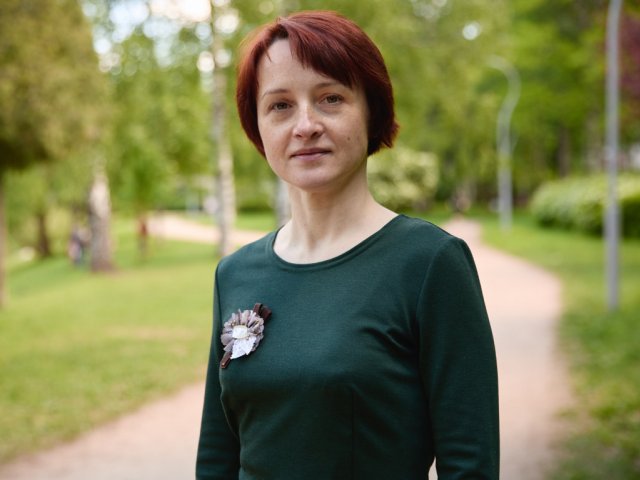On May 13, 1908, outstanding theoretical physicist and prominent science organizer academician Moisey Markov. His main scholar papers are devoted to quantum mechanics, quantum field theory and physics of elementary particles (studying neutrino in particular), as well as evolution of early Universe and gravitational phenomena in strong fields.
Moisey Markov was one of those who initiated the foundation of the Institute of Nuclear Research (INR RAS). Following Markov’s suggestion, the Physics Institute of RAS organized a laboratory called Neutrino in 1963. Later it was transferred to INR RAS. The research devoted to neutrino (fundamental particles with no charge and very small mass which almost do not interact with the matter) later became one of the most important areas of work for the Institute of Nuclear Research.
It was Moisey Markov who formulated the idea of registering neutrino in natural water basins In Soviet time, he and academician A.Y. Chudakov suggested thinking about creating a neutrino detector in Baikal to young physicist G. V. Domogatsky (now head of neutrino astrophysics laboratory at INR RAS). After that a laboratory of neutrino high-energy astrophysics was founded at the Institute of Nuclear Research. This fact became the starting point in the history of Baikal underwater neutrino telescope.
The idea formulated by academician Moisey Markov lay in the fact that a crystal space lattice was to be created in a water basin with clear water. This lattice consisting of instruments was to record the flashes of light occurring due to interaction of neutrino with water. Clear water was one of the most important requirements, as the sought-for flashes are very small. On the other hand, the water basin was to be very deep to protect the telescope from solar radiation which prevents one from observing small neutrino flares. The waters of Baikal looked perfect for these purposes. Besides, in winter, Baikal is covered by thick layer of ice which is a perfect platform for assembling and submerging the respective equipment.
The deep-water neutrino telescope, the biggest one in the Northern hemisphere, has started working quite recently. It happened in March 2021. The launch of Baikal GVD – this is the name of the project – has become one of the key events of the Science and Technology Year in Russia. Baikal GVD is expected to help discover the sources of high-energy neutrino, study the evolution of galaxies and the Universe, and accomplish the key task of creating global neutrino network.
“It is a standout success of the teams working at the Institute of Nuclear Research of the Russian Academy of Sciences (INR RAS), Joint Institute of Nuclear Research (JINR, Dubna) and other participants to Baikal-GVD project. WE plan to continue the work and complete the deployment of unique neutrino detector in the years to come. The telescope is already working and collecting data,” leading research fellow at INR RAS, RAS correspondent member, doctor of physics and mathematics L.V. Kravchuk says.
The mechanism of generation of neutrino particles which are by billions of times more powerful than solar neutrinos remains one of the most important mysteries of modern astrophysics.
Over the period of his life, Moisey Markov was one of the leading neutrino researchers. Besides, the scientist was one of the first in our country to start working out the programs of experiments for solving the fundamental problems of elementary particle physics using accelerators.
The outstanding physicist died on November 1, 1994 at the age of 86.
Photo: vchalup / 123RF






















